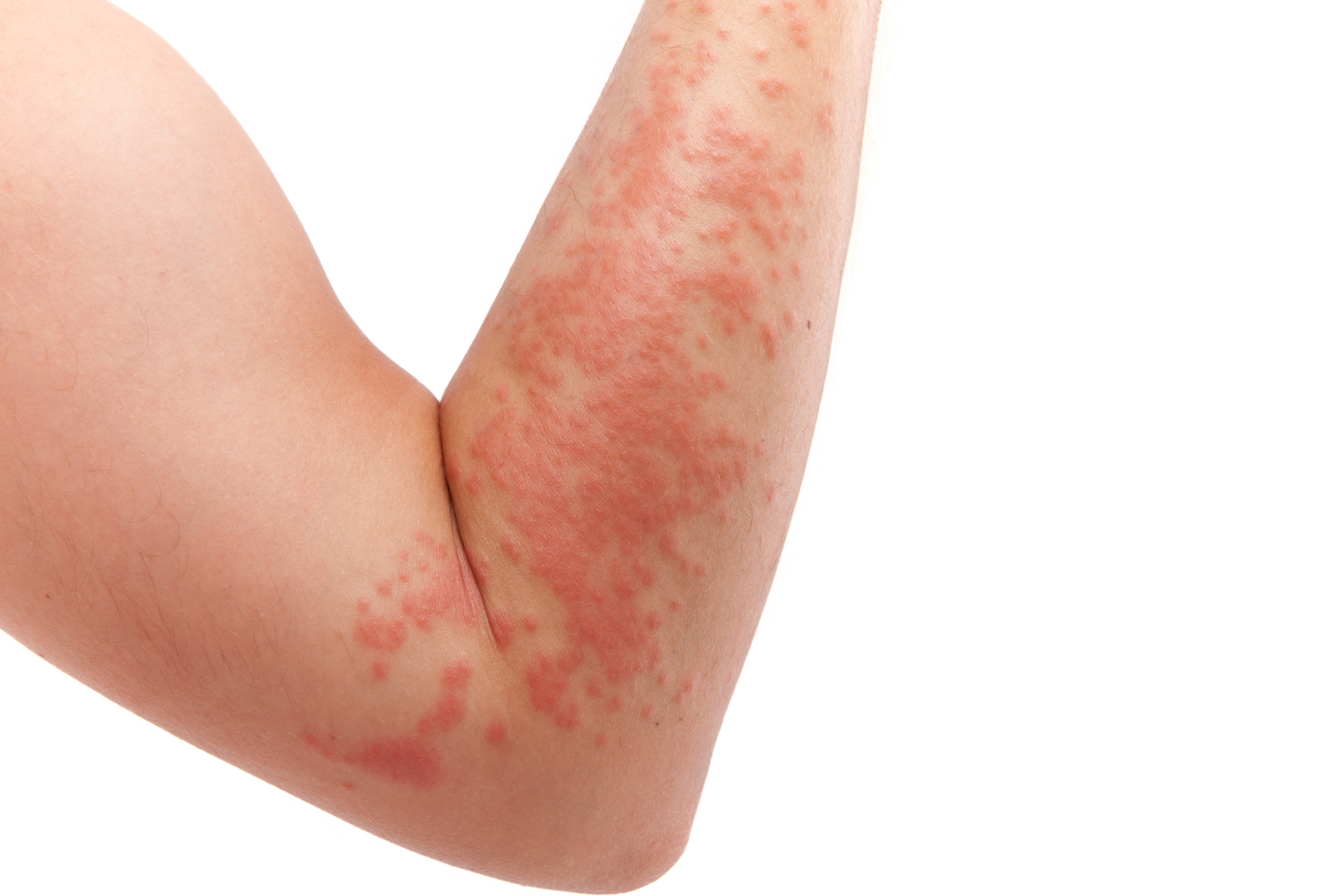How to Identify and Treat Common Skin Allergies

At Fall Creek Skin and Health Clinic, we understand the impact that skin allergies can have on your daily life. Skin allergies can cause discomfort, irritation, and even embarrassment. That's why it's essential to know how to identify common skin allergies and treat them effectively. In this blog post, we will cover everything you need to know about recognizing and managing skin allergies.
Identifying Skin Allergies
Skin allergies can manifest in various ways, making it important to recognize the symptoms early on. Some common signs of skin allergies include:
1. Redness and Inflammation
Allergic reactions can often cause redness and inflammation on the skin. This may appear as patches of red or irritated skin.
2. Itching and Irritation
One of the most common symptoms of a skin allergy is itching and irritation. You may experience a persistent urge to scratch the affected area.
3. Rash or Hives
Allergic reactions can lead to the development of rashes or hives on the skin. These can vary in size and shape and may be raised or flat.
4. Swelling
Swelling of the skin, especially around the eyes, lips, or face, can be a sign of an allergic reaction.
5. Blisters
In some cases, skin allergies can cause the formation of small blisters on the skin, which may be filled with fluid.
Treating Skin Allergies
Once you have identified a skin allergy, it's crucial to take steps to manage and treat the symptoms effectively. Here are some tips on how to treat common skin allergies:
1. Avoid Allergens
The first step in managing skin allergies is to identify and avoid the allergen that triggers the reaction. This may involve avoiding certain skincare products, fabrics, foods, or environmental factors.
2. Use Gentle Skincare Products
Opt for gentle skincare products that are free of harsh ingredients, fragrances, and dyes. Look for products that are specifically formulated for sensitive skin.
3. Moisturize Regularly
Keeping your skin well moisturized can help reduce irritation and inflammation. Choose a moisturizer that is hypoallergenic and suited for your skin type.
4. Take Antihistamines
Over-the-counter antihistamines can help alleviate itching and other allergy symptoms. Consult with your healthcare provider to determine the right medication for your condition.
5. Apply Topical Treatments
In some cases, topical treatments such as corticosteroid creams or ointments may be prescribed to reduce inflammation and relieve discomfort.
6. Seek Medical Advice
If your skin allergy symptoms persist or worsen despite home treatments, it's essential to seek medical advice. Your healthcare provider can offer a proper diagnosis and recommend appropriate treatment options.
Preventing Skin Allergies
While treating skin allergies is important, taking steps to prevent them in the first place is key to maintaining healthy skin. Here are some tips for preventing skin allergies:
1. Patch Test New Products
Before using a new skincare product, perform a patch test on a small area of skin to check for any allergic reactions.
2. Choose Hypoallergenic Products
Opt for hypoallergenic skincare and cosmetic products to minimize the risk of allergic reactions.
3. Wear Protective Clothing
When engaging in activities that may expose you to potential allergens, such as gardening or cleaning, wear protective clothing like gloves to shield your skin.
4. Maintain a Healthy Lifestyle
Eating a balanced diet, staying hydrated, and getting enough rest can help support your skin's natural barrier function and reduce the likelihood of allergic reactions.
By being vigilant about identifying and managing skin allergies, you can take control of your skin health and enjoy clearer, more comfortable skin. Remember that Fall Creek Skin and Health Clinic is here to support you in addressing all your skin-related concerns. Don't let skin allergies hold you back – seek help and take steps toward healthier, happier skin today.
For personalized guidance and expert care for skin allergies, contact Fall Creek Skin and Health Clinic at (555) 123-4567 to schedule a consultation with our experienced healthcare professionals. Let us help you achieve healthy, radiant skin that you can feel confident in.




